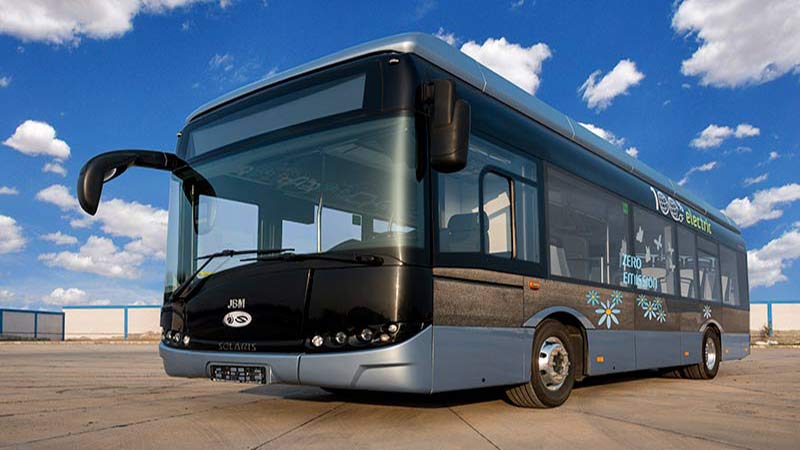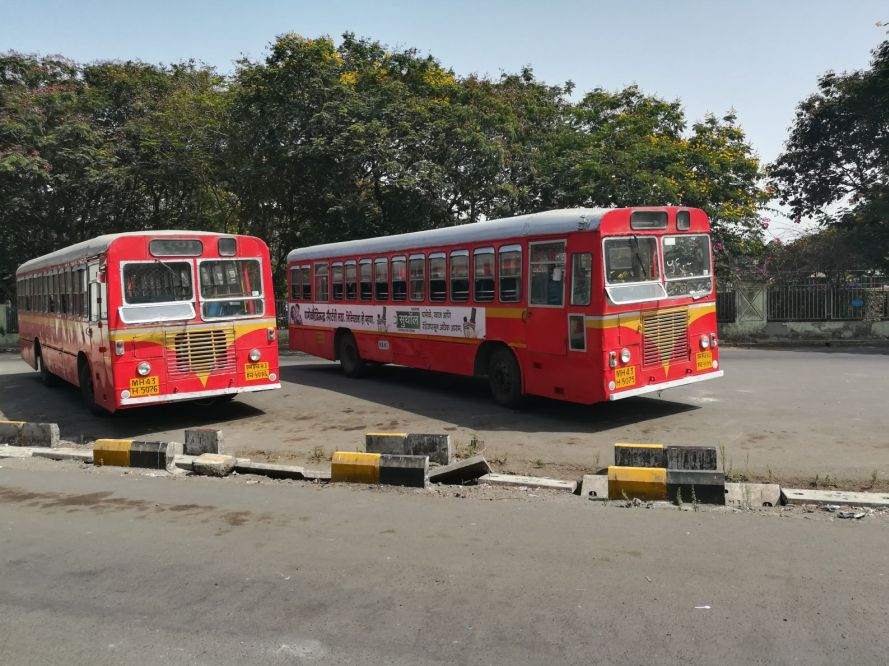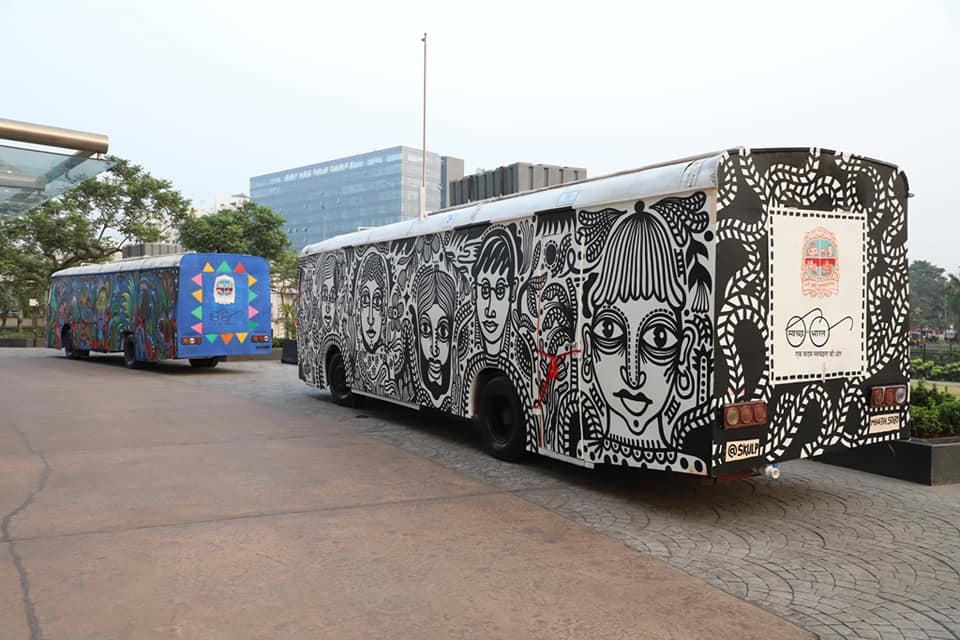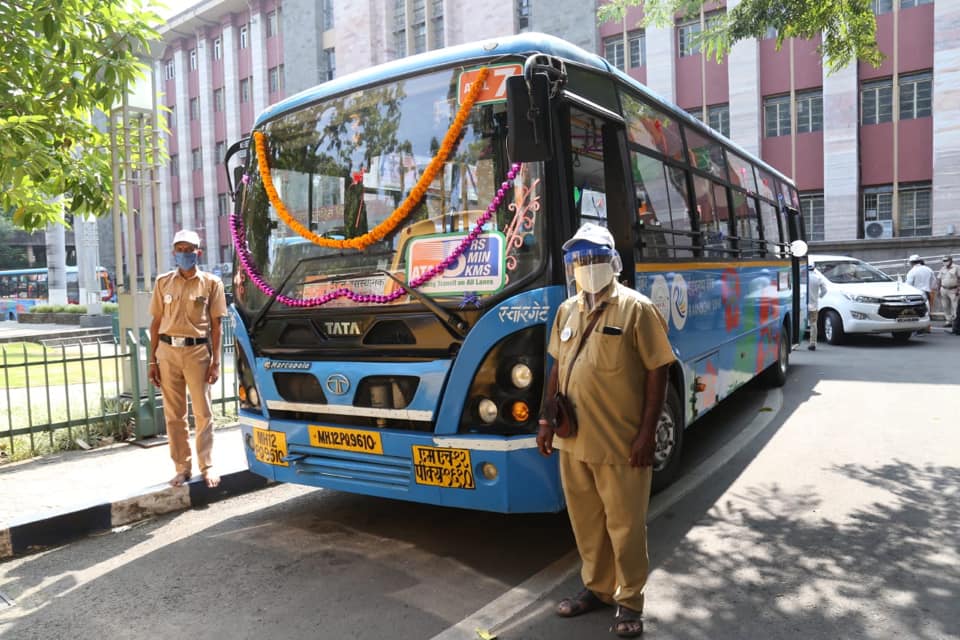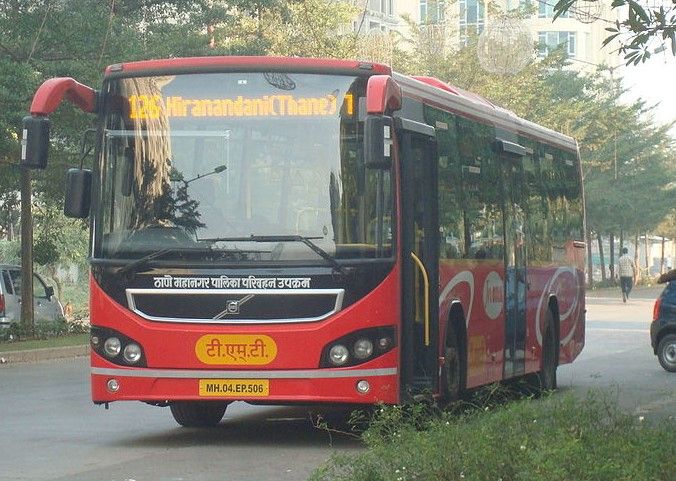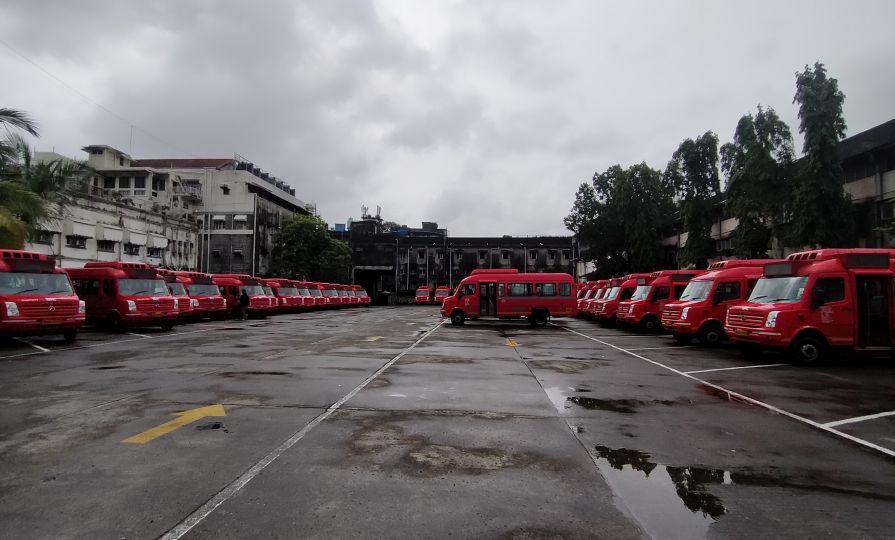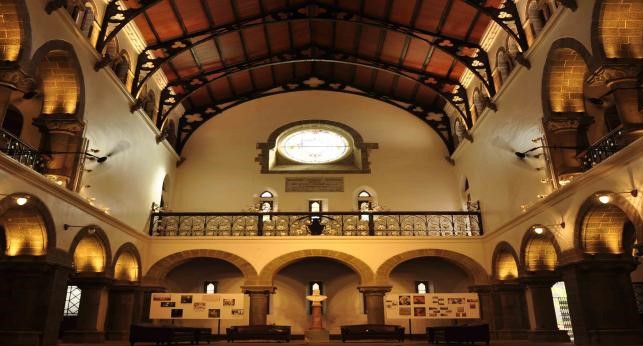While walking along Bannerghatta Road, I happened to spot a bus that seemed odd. At the first glance, it looked a lot like the Tata Starbus Hybrid Diesel-Electric bus that BEST operates in Bandra Kurla Complex (BKC). As the bus came closer, I noticed that it was not a Tata bus, but rather a JBM bus.
Here is the picture of the bus that I snapped.

The bus is a JBM EcoLife Electric bus, bearing a green number plate with a Mathura (UP-85) registration, presumably because JBM has a bus manufacturing plant at Kosi Kalan, Mathura.
According to JBM’s page on the bus, the JBM Solaris EcoLife has two models, a 9m and 12m one. This is presumably the latter. Both have an 80-160 KW motor powered by a Lithium battery. It can be charged either with a plug-in mechanism or a pantograph. The bus features two inswing doors, one at the front and one in the centre, and features a manually operated wheelchair ramp.
This is the second time BMTC is trialing electric buses, the last one being the BYD Utopia in 2014. Cities in India are moving towards electric vehicles under the Modi Sarkar’s Faster Adoption and Manufacturing of (Hybrid &) Electric Vehicles in India (FAME India) scheme.
In 2015, BMTC had trialed a diesel-powered bus manufactured by Japan’s UD, a subsidiary of Sweden’s Volvo AB. Here is a snap of that too.
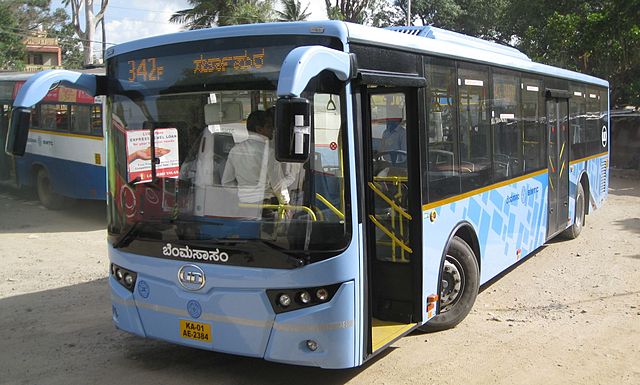
Coming back to electric buses, BMTC operated the BYD Utopia for about 4 months in 2014 but deferred purchasing it due to the high price tag of ₹2.5 crore attached to it. In October, The Hindu reported that BMTC was receiving buses from Olectra, JBM and Ashok Leyland for trials. It also received bids from Veera Vahan Udyog. Veera is a Bangalore-based manufacturer of buses that has supplied a significant amount of BMTC’s Suvarna and JnNURM buses back in 2009. It has also been manufacturing three-door buses to take on the German Contrac Cobus 3000; some of these can be spotted at Kempegowda International Airport, operated by GlobeGround. Veera is also setting up a plant in Ananthapuramu (Anantapur), Andhra Pradesh to manufacture 3,000 electric buses a year. As reported by Bangalore Mirror, JBM is the lowest bidder to supply 90 buses.
Other cities that currently use JBM buses include Navi Mumbai. The Navi Mumbai Municipal Transport (NMMT) undertaking operates the blue-coloured 9m JBM EcoLife E9 bus, mostly along AC-105 from CBD Belapur to Bandra Railway Station (West).
Also; Did You Know CoEP Has A PG Diploma In Metro Rail Tech And Electric Mobility?
If you intend on stepping out, don’t forget the basics: A mask and sanitizer.
Featured Image: JBM Solaris EcoLife.
![]()
